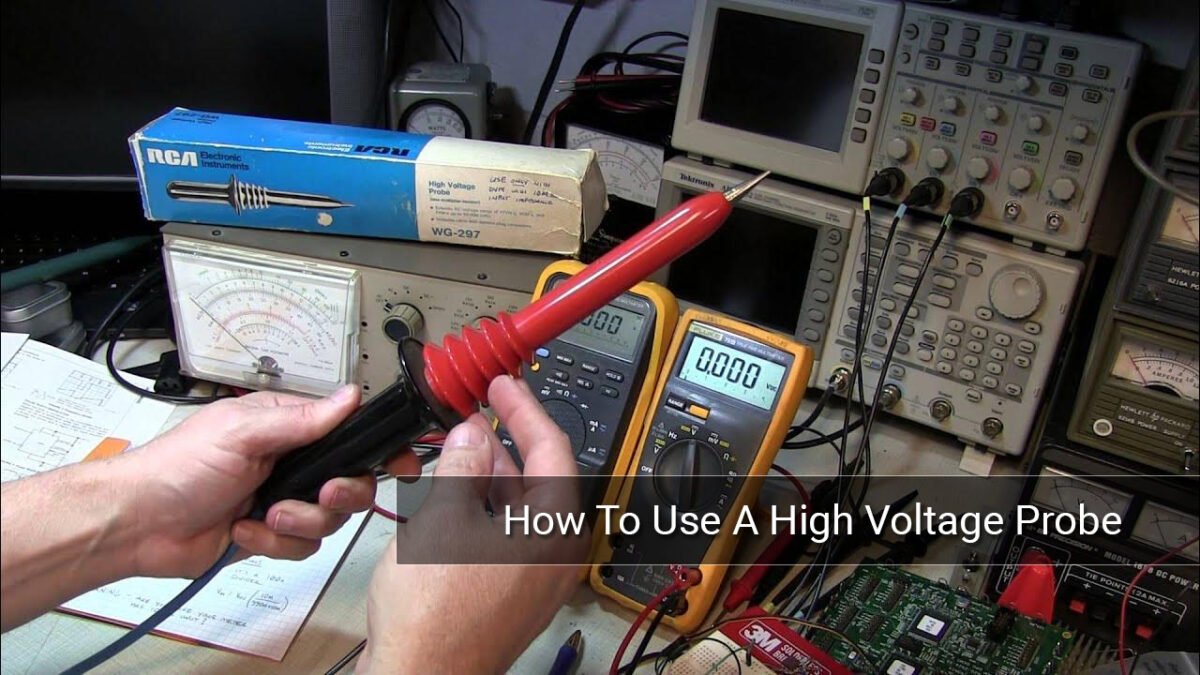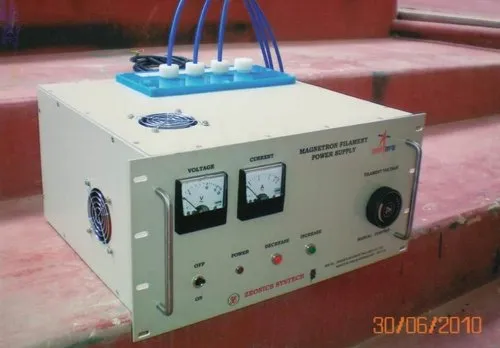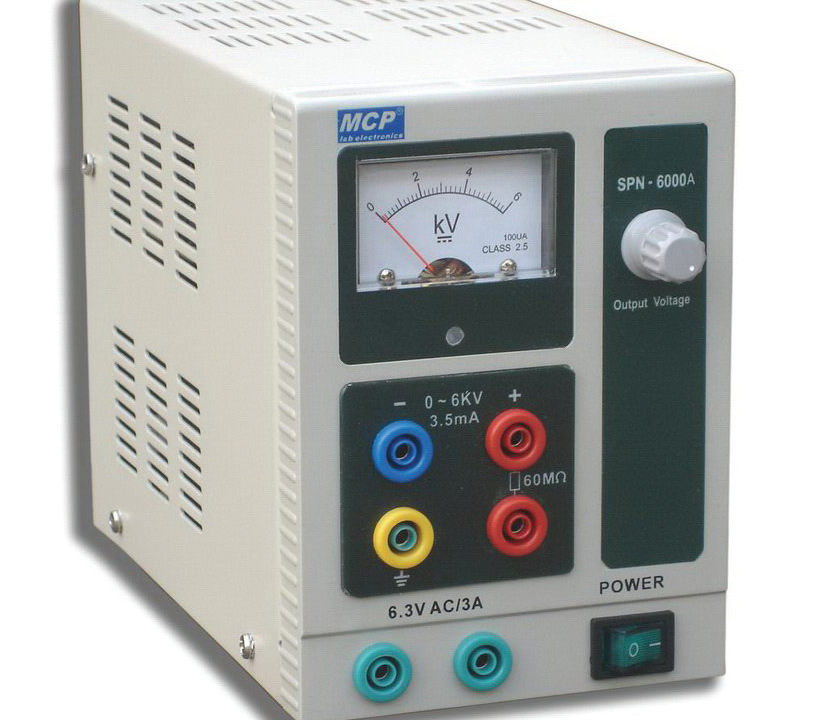
High Voltage Relays
May 31, 2024
Do Voltage Probes Exhibit High Resistance?
June 11, 2024
A high voltage probe is an essential tool for safely measuring and analyzing high voltage circuits. It is designed to extend the measurement range of standard voltmeters and oscilloscopes, allowing technicians and engineers to accurately read high voltages without damaging their equipment. This article provides a comprehensive guide on how to use a high voltage probe effectively and safely.
Understanding High Voltage Probes
High voltage probes work by scaling down high voltage signals to a lower, safer level that can be measured by standard equipment. They typically consist of a resistive divider network that reduces the voltage by a known ratio, allowing for precise measurements. These probes are crucial in various applications, including power supply design, maintenance of electrical equipment, and research in high voltage systems.
Safety Precautions
Before using a high voltage probe, it’s essential to adhere to the following safety precautions:
- Read the Manual: Familiarize yourself with the probe’s specifications, limitations, and instructions provided by the manufacturer.
- Inspect the Probe: Check for any physical damage, wear, or defects in the probe or its connectors.
- Use Personal Protective Equipment (PPE): Wear appropriate PPE such as insulated gloves and safety goggles.
- Ensure Proper Grounding: Make sure the equipment and the probe are properly grounded to avoid electric shocks.
- Work in a Controlled Environment: Ensure the work area is dry and free of conductive materials.
Steps to Use a High Voltage Probe
- Set Up the Measurement Instrument:
- Ensure your voltmeter or oscilloscope is compatible with the high voltage probe.
- Connect the ground lead of the probe to the ground terminal of the measuring instrument.
- Connect the Probe:
- Attach the probe to the high voltage source or circuit. Ensure a secure and stable connection to avoid arcing or accidental disconnection.
- If using an oscilloscope, connect the probe’s BNC connector to the oscilloscope’s input channel.
- Adjust the Probe Settings:
- Some high voltage probes come with adjustable attenuation settings. Select the appropriate attenuation ratio (e.g., 1000:1, 100:1) based on the voltage level you are measuring.
- Calibrate the probe if necessary, following the manufacturer’s instructions.
- Take Measurements:
- Turn on the measuring instrument and allow it to stabilize.
- Observe the reading on the voltmeter or oscilloscope. The displayed voltage will be the scaled-down value. To find the actual voltage, multiply this value by the probe’s attenuation ratio.
- Interpret the Results:
- Document the readings carefully, noting the actual voltage and the probe’s settings.
- Analyze the results in the context of your specific application or experiment.
- Disconnect and Store Properly:
- After measurements are complete, carefully disconnect the probe from the high voltage source.
- Store the probe in a clean, dry place to ensure its longevity and reliability.
Common Applications
High voltage probes are used in various fields, including:
- Electrical Engineering: For testing and maintaining high voltage equipment like transformers, circuit breakers, and power supplies.
- Electronics: In the development and troubleshooting of high voltage circuits and devices.
- Research and Development: For experiments involving high voltage phenomena and components.
- Education: As teaching tools in electrical and electronics engineering labs.
Using a high voltage probe requires careful preparation, adherence to safety protocols, and a thorough understanding of the equipment. By following the steps outlined in this guide, you can effectively measure high voltages while ensuring your safety and the accuracy of your readings. Whether you’re an engineer, technician, or researcher, mastering the use of a high voltage probe is crucial for working with high voltage systems.
Related posts
High Voltage Power Supply. High Voltage Probe. High Voltage Relay.



